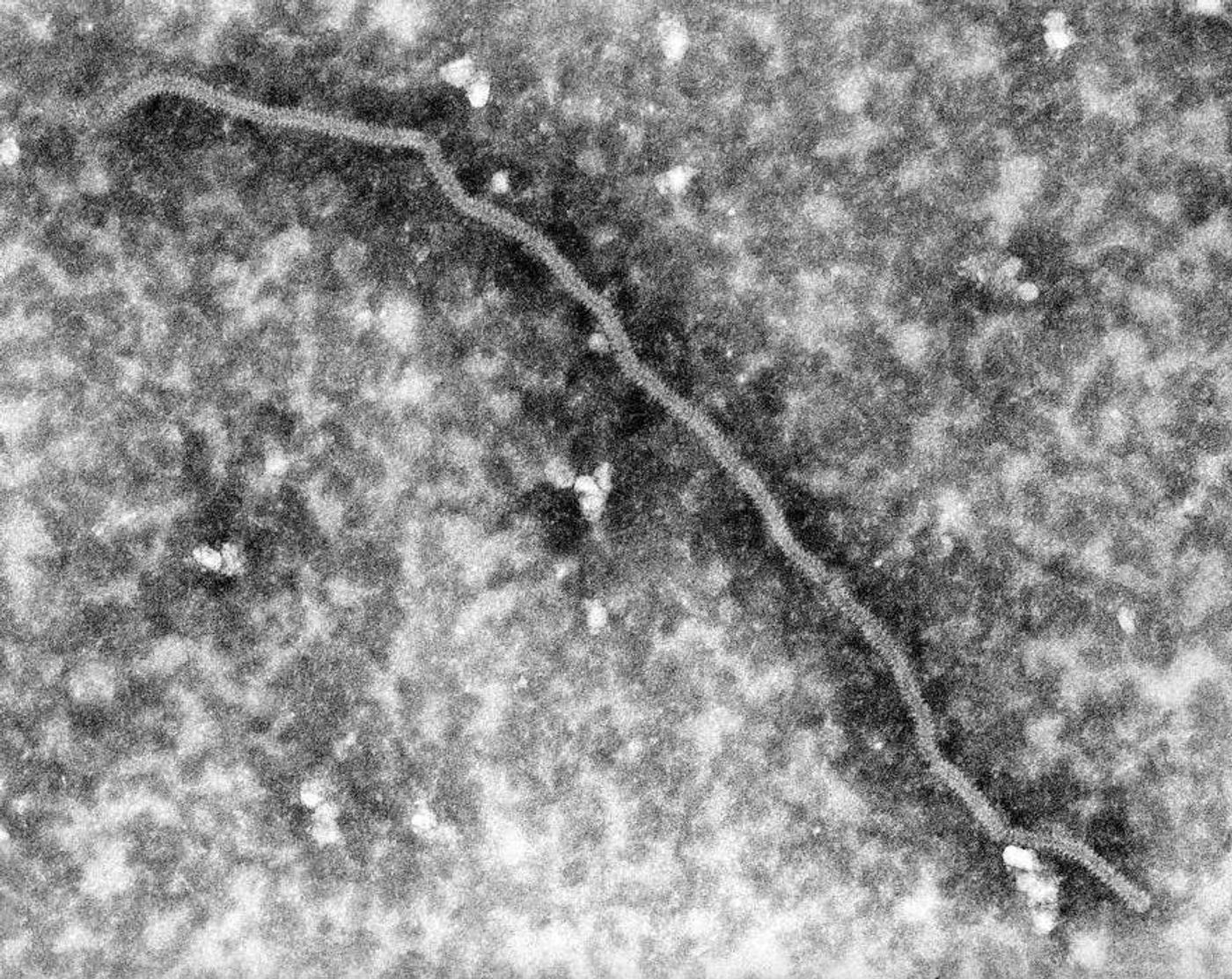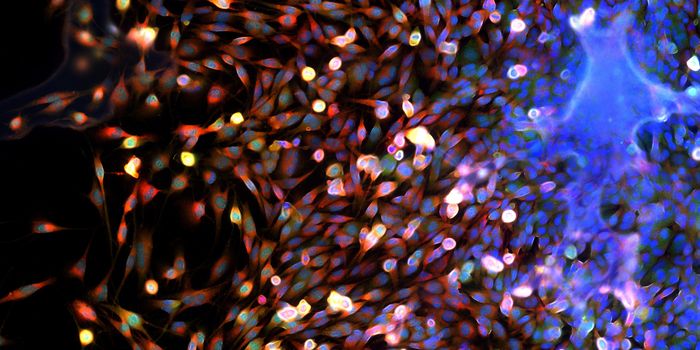Potential Therapeutics for Nipah Virus Are Identified
Nipah virus infections are highly variable; they may not cause any symptoms, but they can also cause serious respiratory infections and fatal brain inflammation (encephalitis). Many people that are treated after infection survive with no long-term consequences, but about twenty percent of those that live through the encephalitis end up with neurological damage that can cause seizures or changes in personality.
The virus is rare, but it has caused outbreaks. It was first discovered in Malaysia in 1998 and was named for the village where it first infected people, who were pig farmers. There were no infections reported in the country after 1999.
However, outbreaks still happen in India and Bangladesh. Bats are the primary reservoir of the virus, which also infects pigs and humans. Humans become infected after close contact with bats, like when raw date palm sap that is contaminated with infectious bat droppings is consumed, or when they have close contact with infected pigs. Once people are infected, they can also pass it on to other people, usually their close family or caregivers.
Nipah virus causes only mild infections in pigs, but during the 1999 outbreak, one hundred people of the 300 that were infected ended up dying from the virus. According to the World Health Organization, the fatality rate has an estimated range of 40 to 75 percent, which can depend on the quality of local clinics and surveillance of the virus.
There are currently no treatments or vaccines for Nipah virus, but new research has identified therapeutic targets that may help treat the infections.
In new research reported in PLOS Neglected Tropical Diseases, researchers from the Indian Institute of Science Education and Research Pune led by M.S. Madhusudhan generated three-dimensional models of nine proteins that Nipah virus generates. Using these models, they were able to design molecules that can block the activity of the viral proteins. Four peptide inhibitors and 146 small molecules inhibitors were proposed.
Using computational tools, they assessed the efficacy of these theoretical proteins against fifteen different strains of the virus. Thirteen of their hypothetical inhibitors were listed as the most promising using criteria like stability, binding strength, and efficacy against multiple Nipah virus strains.
The researchers have suggested that the thirteen candidates would work against every known strain of Nipah virus, and may also work against other related zoonotic viruses. They are hopeful that future computational studies can help deploy these therapeutic molecules.
Sources: AAAS/Eurekalert! via PLOS, WHO, CDC, PLOS Neglected Tropical Diseases










